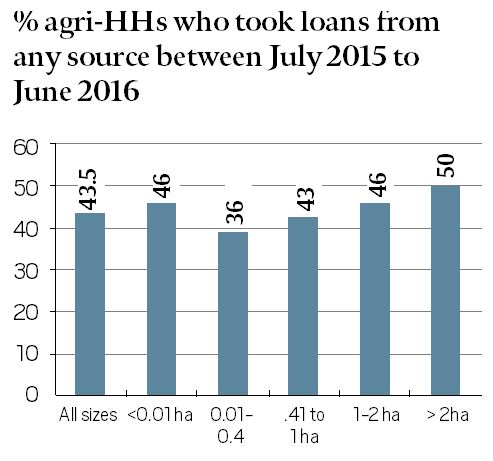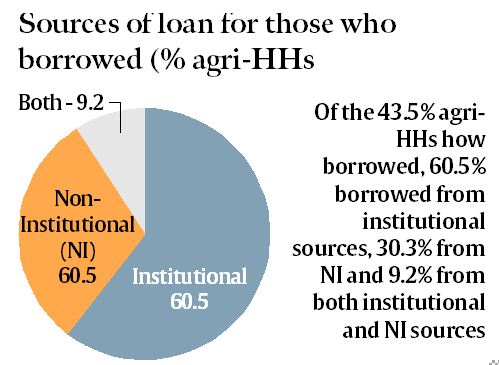What is the issue?
Income transfer policy combined with direct cash transfer should be implemented to address farmers’ issues.
What are the possible solutions?
- The most pressing problems facing the Indian farmer are the persistently low market prices.
- The prices of many crops in India are much below expectations and normal trends.
- Ideally, the solution lies in holistic and broad-based agri-market reforms like -
- Removing APMC monopoly
- Reforming the Essential Commodities Act
- Scaling up negotiable warehouse receipt (NWR) system
- Innovations in building up value-chains
- Relaxation of land laws
- Promoting contract farming and agri-exports
- However, these reforms entail a long gestation period and hence demands for quick-fix solutions are increasing.
- These quick-fix solutions lie in the form of higher minimum support prices (MSPs), loan waivers and direct income/investment support.
Can MSP and loan waiver address farm distress?
- MSP - The MSP policy pertains to a limited number of farmers.
- As per NSSO 2012-13, less than 10% of the country’s farmers sold their produce at MSPs.
- Moreover, MSP operations mostly benefit large farmers who have marketable surplus.
- These operations exclude much of country’s marginal farmers who produce little surplus.
- Besides, the large inefficiencies and market distortions caused by a MSP-regime make it an unfavourable choice.
- For example, wheat and rice stocks with the government (45.4 MMTs) are more than twice its buffer-stock norms (21.4MMTs), reflecting massive economic inefficiency.
- Along with it, the problems of leakages and corruption in the MSP operations of procurement, stocking and distribution prevails.
- Also, there was a difference in the MSP increase formula (C2 cost or A2+FL) offered by the different states.

- It may be noted that C2 is about 38% higher than A2+FL and many states follow the A2+FL model.
- Loan waiver - As per NABARD’s Financial Inclusion Survey (NAFIS), between July 2015-June 2016, 43.5% of all agri-households took loans.
- It also reveals that a total of about 30.3% of Indian agri-households took loans from institutions.
- A loan-waiver is thus likely to benefit only this 30% and the remaining 70% of Indian farmers, who do not access institutional credit, will not benefit from this scheme.

- Such high rates of exclusion must be the single-most important failure of our banking system with regard to financial inclusion.
- Thus, it can be seen that, through higher MSPs or loan-waivers, one cannot reach more than 20 to 30% of Indian farmers.
- This limited reach, therefore, cannot redress the widespread grievances of Indian farmers.
What should be done?
- The problems can be resolved by income/investment support like the Rythu Bandhu Scheme (RBS) of Telangana.
- Under the scheme, the government gave Rs 4,000 per acre to every farmer.
- This transfer is made twice a year, coinciding with two cropping seasons to support the input purchases of farmers. Click here to know more.
- The scheme is said to have reached almost 93% of landowners and also budget-friendly to the state government compared to loan waivers.
- In terms of costs, a national farm-loan waiver is likely to cost about Rs 4 to 5 trillion.
- An income transfer scheme is likely to cost about Rs 2 trillion, even while increasing the coverage to include even tenant farmers in the future.
- Only a cost-sharing arrangement between the Centre and states is required to bear the financial burden of the states.
- Thus, an income transfer policy for farm inputs should be rolled out on national scale combining with the existing direct cash transfer in case of fertiliser and power subsidies.
- The government should acknowledge this reality of farm distress and tries to resolve it on priority.
Source: The Indian Express

